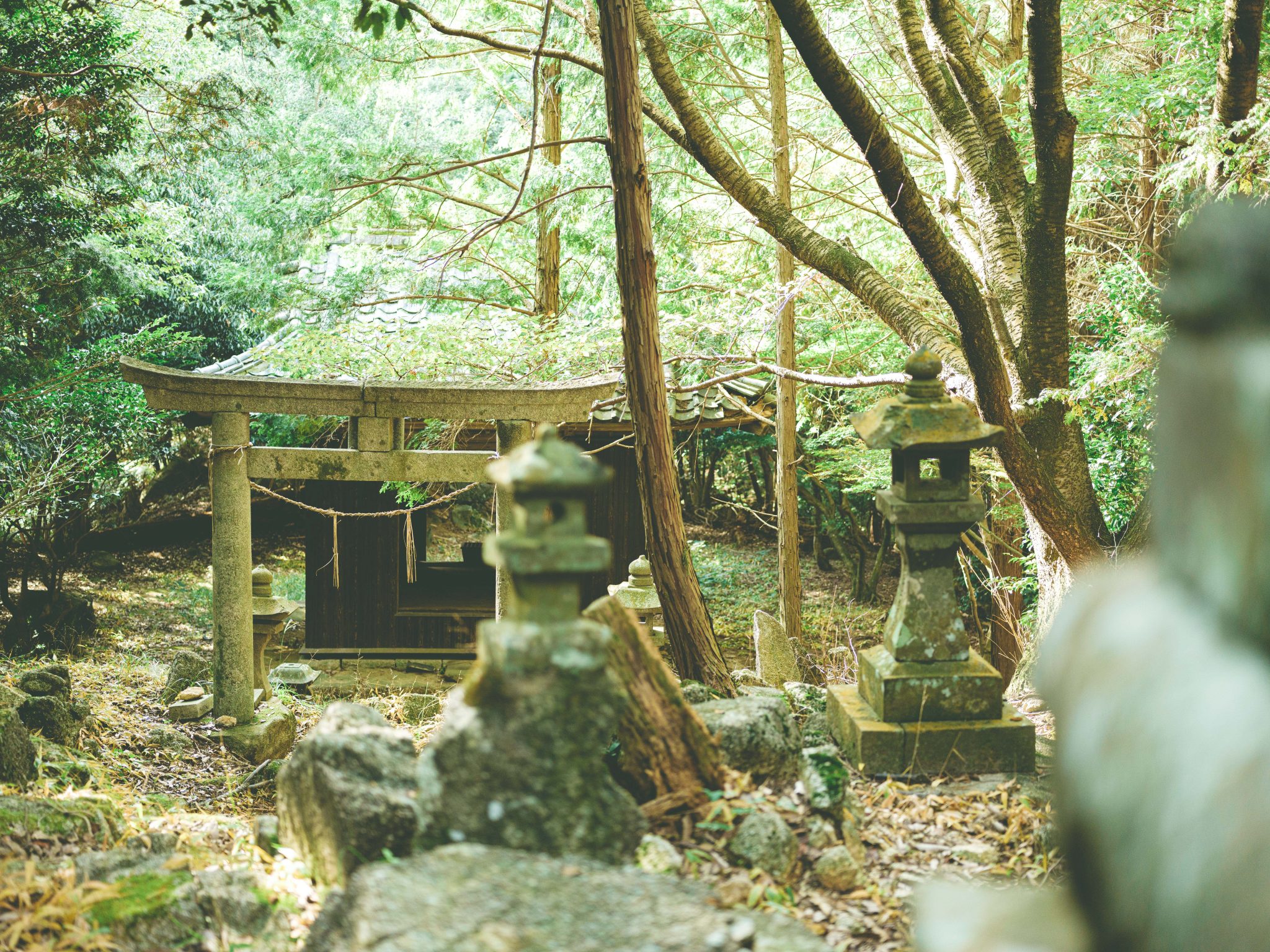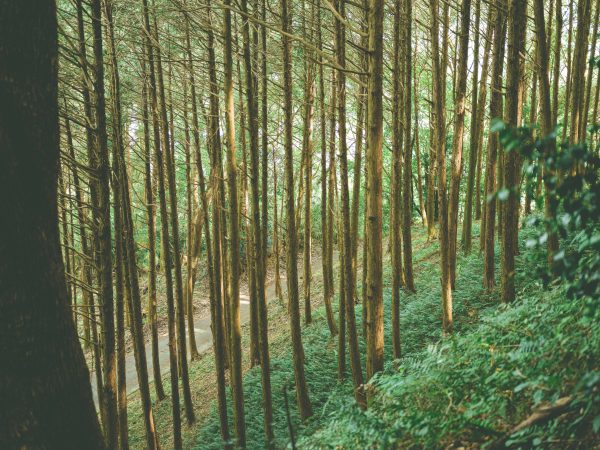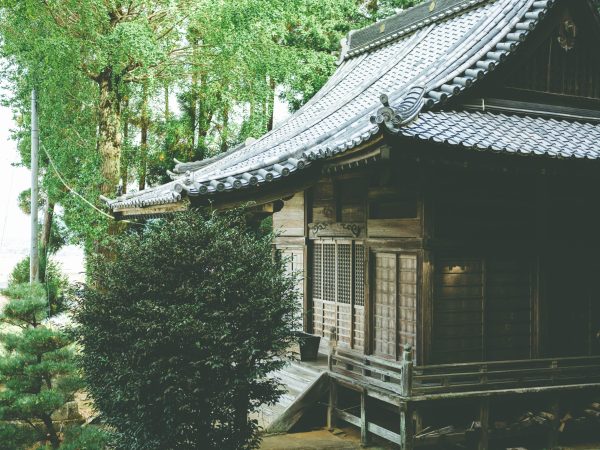
A Land of Diverse Landscapes
Spanning an area of approximately 50㎢, Tanushimaru may be small, but its topography is anything but monotonous. The majestic Mt. Minoh stretches east to west like a folding screen to the south, while the mighty Chikugo River, one of Japan's three major rivers, flows majestically to the north. In between lies a fertile agricultural plain centered on the Kose River, offering expansive views reminiscent of Hokkaido.
A Bounty of Agricultural Delights
Tanushimaru's agricultural landscape is equally diverse. In addition to rice, wheat, and vegetables, the town is renowned for its thriving fruit orchards, including grapes and persimmons. It is notable that the cultivation of Kyoho grapes started here in Tanushimaru. The town is also one of Japan's three largest producers of ornamental tree seedlings and accounts for a staggering 80% of the citrus tree seedling production nationwide.
A Patchwork of Scenic Beauty
These diverse agricultural lands intermingle, creating a patchwork landscape, further evoking comparisons to Hokkaido. Dotted throughout this captivating scenery are an astonishing number of shrines, temples, halls, stone shrines, and steles. According to the "Tanushimaru Town History Volume 3" published in 1997, there are no less than 255 shrines alone.

A Kaleidoscope of Festivals and Traditions
The ceremonies and traditional events of Tanushimaru take place in a wide variety of locations, from mountains and foothills to plains, towns, and riverbanks. Each location offers a unique atmosphere and experience.
Examples include the Mugio Kogarasu Shrine and the Ishikaki Kotohira Shrine, both situated in mountains on the site of medieval mountain castles. In contrast, the Yokomachi Oinari-sama Stone Shrine can be found nestled along bustling streets in the heart of town, while the Akiba-sama Stone Monument is perched on the railing of a bridge over the Hibari River. Each one is unique and exudes its own charm.
A Journey Through Time: Linking the Past and Present
In the mountains and foothills of Mt. Minoh, the connection to ancient burial mounds (kofun) cannot be overlooked. Takeno Tobitsuka Shrine is believed to be situated atop a burial mound. In the Zen-in district, where residential areas and burial mounds coexist, the Kato Shrine enshrines a remarkable exposed stone chamber of a burial mound as its sacred deity. Furthermore, a stone shrine dating back to 1800 was once found facing the entrance of one of those burial mounds. (The shrine has since been relocated as the burial mound itself had to be removed due to dam construction).
Standing before these shrines and stone shrines, one cannot help but feel a connection to the sentiments of the people of the Kofun period, their emotions transcending time and resonating with the present.



